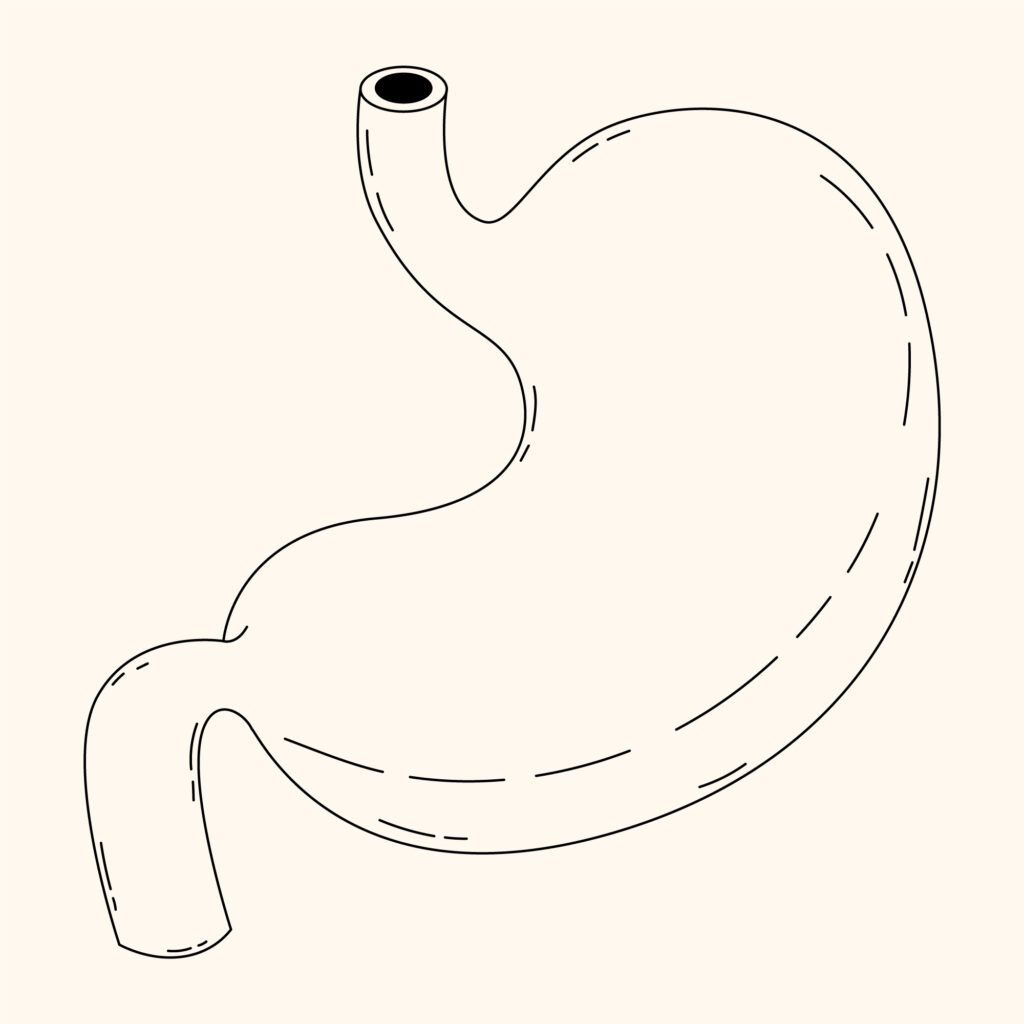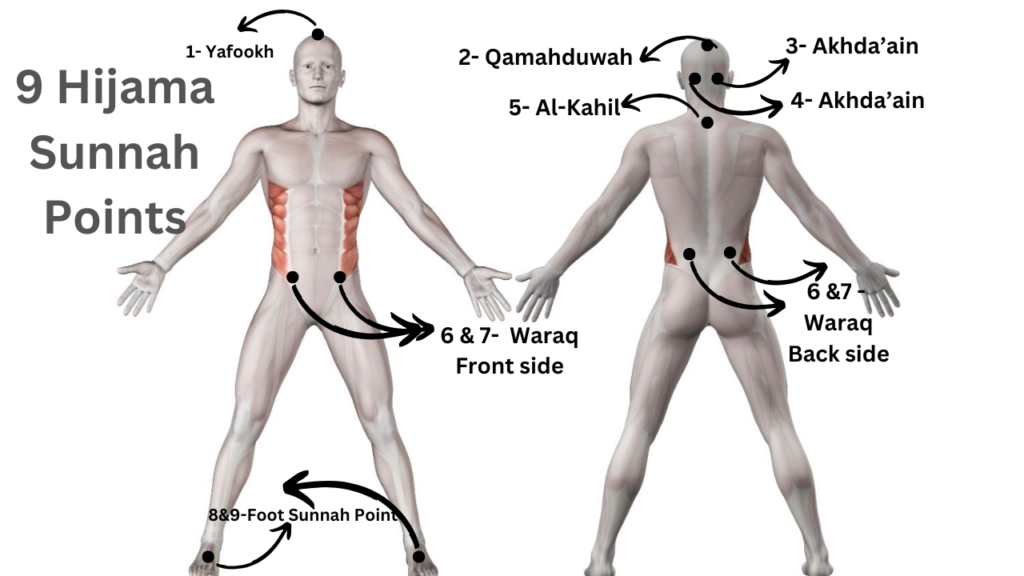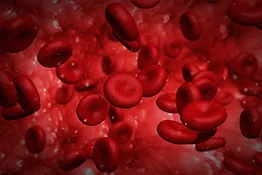No products in the cart.
How to Improve Blood Circulation With Hijama Cupping Therapy?
The human body holds around 60,000 miles of blood vessels all around the body which is called the circulatory system.
Blood is an important fluid for the body. It transforms oxygen and nutrients throughout the body, fights infections, and performs other vital functions.
Blood has four main components:
1- Plasma
2- Red Blood Cells
3- White Blood Cells
4- Platelets
1- Plasma
Plasma is the main component of the blood. It is light yellow and mostly consists of water with proteins, ions, nutrients, and waste mixed in it. Other molecules found in plasma are also important for maintaining blood pH levels.
2- Red Blood Cells
Red blood cells circulate through the body and deliver oxygen to the tissues and organs. They can change their shape easily and squeeze through any narrow blood vessel because of their disc-like shape. Red blood cells contain a red pigment called hemoglobin. Hemoglobin is a key protein used in oxygen transport. Red blood cells have a lifespan of 120 days. Old and damaged cells are broken down in the liver and spleen, producing new ones in the bone marrow.
3- White Blood Cells
White blood cells are large and have a nucleus and they don’t contain hemoglobin. Their role is very different from red blood cells. They play a very important role in the immune system. They are different in types and every type has different functions to perform. They neutralize invaders like viruses and bacteria. White blood cells have different lifespans from hours to years.
4- Platelets
Like red blood cells, platelets are shaped like little discs and they have no nucleus. But they are much smaller than red blood cells. When the blood vessels are damaged, the healing process begins with platelets gathering together. Platelets release signals to the other platelets. They create a wall inside the damaged blood vessel and close the wound temporarily. These platelets make a clot that prevents further loss of blood.
Various Functions of Blood
The circulatory system is responsible for sending blood throughout the body. The heart pumps blood through the network of arteries and veins. The arteries carry blood away from the heart and veins carry it back to the heart. Blood has many functions to perform, such as:
- Blood delivers oxygen to all the cells in the body and removes carbon dioxide.
- Blood provides nutrients to all the cells of the body.
- Blood also transports some hormones to target organs and tissues.
- Blood regulates body temperature.
- Blood brings waste products to the kidneys and liver.
- When the blood vessels are damaged, platelets and plasma work together to prevent a large amount of blood loss.
- Blood protects against infection through white blood cells and antibodies.
Poor Blood Circulation
Our circulatory system sends blood, oxygen and nutrients throughout the body. The circulatory system carries blood to every corner of an individual’s body. When the blood flow is reduced, slowed down or blocked on any specific part of the body, an individual experiences poor blood circulation specifically in the lower part of the body like the legs and feet.
Symptoms of Poor Circulation
Common symptoms of poor blood circulation include:
- Dry skin
- Brittle nails
- Tingling or throbbing pain
- Swelling especially around legs, ankles and feet
- Muscular cramps
- Swollen veins (Varicose or spider veins)
- Skin discoloration
- Cold hands and feet
- Wounds heal slowly
- Loss of appetite
- Digestive disorder
Poor circulation & Digestive problems
You will be surprised to know that poor blood circulation can cause major digestive problems. Our digestive system relies on blood to make it function properly. Blood is responsible for distributing nutrients all around the body. Poor circulation can cause abdominal pains, diarrhea, bloody stools, constipation and cramps.

Common Causes of Poor Circulation
1- Age: Age itself is a very common factor being a major cause of poor circulation. The fewer seniors move their bodies, the less the heart pumps blood throughout the body.
2- Diabetes: It is a very common medical condition that can cause poor blood circulation. High blood sugar level damages the veins and restrict the blood flow in the feet. It can cause nerve damage, high blood pressure, diabetic neuropathy and heart diseases.
3- Smoking: Smoking causes blood vessels to narrow which leads to poor blood circulation. Smoking also causes vascular diseases such as peripheral arterial disease(PAD) or arteriosclerosis.
4- Blood Clots: Blood clots block the flow of blood anywhere in the body. The blockage could be partial or complete. A blood clot especially in your leg can lead to a heart attack, embolism or stroke.
5- Obesity: Being overweight itself is very stressful especially when a person does not move a lot. Obesity increases the risk of high blood pressure and varicose veins.
6- Atherosclerosis: It is the most common cause of poor blood circulation. If left untreated, it can cause peripheral artery disease(PAD).
7- Poor lifestyle choices: An inactive lifestyle can cause loss of muscular strength, lower your immune system, weaken your bones and decrease blood circulation because blood flow depends upon moving your body, doing some exercise, running and jogging.
Health Issues from Poor Blood Circulation
- Anemia: A most common blood condition in which an individual lacks healthy red blood cells or hemoglobin levels to carry oxygen to the different parts of the body. A low hemoglobin level can lead to fatigue, tiredness and weakness in the body.
- Blood clotting: This health condition helps wounds to heal soon but those blood clots that form inside the blood vessels can create a blockage which could be a life-threatening condition. This health condition can cause pulmonary embolism.
- Thalassemia: An inherited blood disorder that causes your body to have less hemoglobin than normal. Hemoglobin helps red blood cells to carry oxygen all around the body. Thalassemia can cause anemia leaving you fatigued.
- Hemophilia: An inherited bleeding disorder in which blood does not clot properly. Blood contains proteins that help to stop the bleeding. But people with low protein levels in the blood can lead to spontaneous bleeding which could lead to severe health problems.
- Blood Cancers: It is a health condition that affects the production and function of blood cells. Most of these cancers start in the bone marrow where the production of blood starts. Cancer occurs when blood cells start to divide uncontrollably without dying off at the end of their life cycle.
Best Diet for Blood Circulation
Diet plays a very important role in the proper circulation of blood. Eating a healthy diet full of fruits, vegetables, oily fish, seeds, nuts and whole grains may improve blood circulation. Poor blood flow can cause pain, muscle cramps, digestive issues and cold hands or feet. Circulatory issues can be treated by eating certain foods. So, here are some best foods to optimize blood flow:
- Garlic: It is rich in Sulphur which helps blood vessels to relax. It improves blood flow through the heart which reduces the workload on the heart. Blood pressure reduces when the heart doesn’t have to work hard to pump the blood.
- Onions: Flavonoid antioxidants and anti-inflammatory properties in onions may be linked to reducing the inflammation in the arteries and veins. Onion boosts blood flow and benefits heart health.
- Ginger: It aids digestion and relieves nauseating feelings. It widens blood vessels and reduces blood pressure which benefits blood circulation.
- Cinnamon: It improves blood circulation and increases heart health.
- Cayenne pepper: Cayenne red pepper has a compound called capsaicin which promotes blood flow to the tissues by lowering blood pressure. It strengthens the blood vessels and reduces plaque built up in the arteries.
- Turmeric: The golden yellow colour of turmeric is derived from a compound called curcumin which may widen blood vessels. With wider blood vessels blood reaches the heart, lungs, organs, tissues and muscles.
- Citrus Fruits: Antioxidants in citrus fruits like oranges, lemons, and grapefruits reduce inflammation, boost blood circulation and prevent blood clots.
- Walnuts: Walnuts are loaded with beneficial compounds which may reduce blood pressure, improve blood function and reduce inflammation. People with diabetes often have circulation issues and high blood pressure due to poor blood circulation, walnuts may help with diabetes.
- Omega-3 fats: Omega-3 Fatty acids increase blood flow and help to keep arteries unclogged.
- Beets: Beet juice widens arteries, lowers blood pressure, also improves athletic endurance. Many athletes use beet juice or beet powder to improve performance.
How to Improve Circulation of Blood Naturally?
Proper circulation of blood is key for the maintenance of a healthy body. When blood flows throughout the body, all the organs function properly. It helps to heal wounds faster, keeps the heart healthy and gives the skin a natural glow.
1- Regular cardiovascular exercise supports the health of the circulatory system and improves blood circulation.
2- Practicing yoga involves bending, twisting, and stretching which helps to compress and decompress the veins which may improve circulation.
3- Dehydration may damage the cells and promote inflammation in the body. Proper hydration is important to all aspects of health including blood circulation.
4- Being overweight can increase the risks of circulatory problems. Maintaining a healthy weight may promote circulation.
5- Eat lots of fruits and vegetables. Stay away from saturated fats, trans fats, processed food, sugar and salt.
6- Brush your body with stiff, flat bristles. Dry brushing also helps to get rid of dry skin. Start brushing from your feet and move up to the heart. Make circles on your belly and lower back.
7- Wear compression socks and elevate your legs which may help the blood to move to the upper body. They can also help to reduce swelling in the feet.
8- If you are low in Iron(anemic) that means you don’t have enough red blood cells to circulate oxygen throughout your body. Eat iron-rich food or take iron supplements after consulting with your doctor.
9- Smoking is a risk factor for many chronic diseases and can negatively impact circulation so, quit smoking.
10- Stress levels can impact your health in many ways. Manage your stress with stress management techniques, breathing exercises, yoga, meditation or spending time with your loved ones.
11- Taking a warm bath can also help improve blood circulation. A warm bath helps veins and arteries to expand which gives blood the room to flow properly throughout the body.
12- Massage is one of the best ways to improve the circulation of blood. Massage is an ideal way to release the pressure which may build upon different areas of the body.
Home Remedies For Blood Circulation

- Make a paste of ginger, garlic and onion. Take half a spoon of the paste with a glass of lukewarm water. Better to take it before a meal.
- Make a cup of Green tea with a piece of ginger and a stick of cinnamon in it. The antioxidants in tea promote cardiovascular health and may improve circulation.
- Massage your body with olive oil, rosemary oil or coconut oil to increase blood circulation.
Hijama Cupping Therapy and Blood Circulation
Hijama Cupping Therapy is an ancient alternative therapy that involves placing cups on the skin to create suction. The suction improves the flow of energy and facilitates healing. The negative pressure applied in the cups loosens the muscles, soothes the nervous system and removes the blockage of vital energy and toxic blood. The negative pressure effects on deep tissues, stimulate the body to remove toxins and cleanse the targetted area. Cupping increases blood circulation to the area where the cups are placed. Cupping relieves muscular tension, improves overall blood flow and repairs the damaged cells.
According to a 2017 study, the mechanism of cupping therapy increases blood flow and stretches the internal organs and tissues.
Cupping therapy helps improve respiratory ailments, remove toxic blood, expel heat, help with pain management and relieve stress. Cupping therapy moves the toxins away from the organs and harvests them out of the skin with the help of incisions made on the surface of the skin.
Hijama increases blood circulation and treats a large number of blood disorders. Hijama cupping therapy also promotes the circulation of the lymphatic system.
As dry cupping is applied, it stretches the lymphatic vessels and relieves the localized congestion also supplies oxygen and nutrients to the cells.
Wet cupping helps to unclog and remove cellular waste, dead blood cells, uric acid, metabolic waste and toxic waste from the inflamed area. Nine sunnah points are one of the best options to regulate blood circulation all around the body.

Hijama affects the composition of blood by thinning it and regulating the red and white blood cells and also changes the acidic blood to neutral blood by balancing the PH levels.
Hijama cupping therapy has been used to treat a wide variety of health conditions. Hijama promotes blood circulation, provides nourishment to the internal organs, and rejuvenates the skin by reversing the aging process.





Leave a Reply